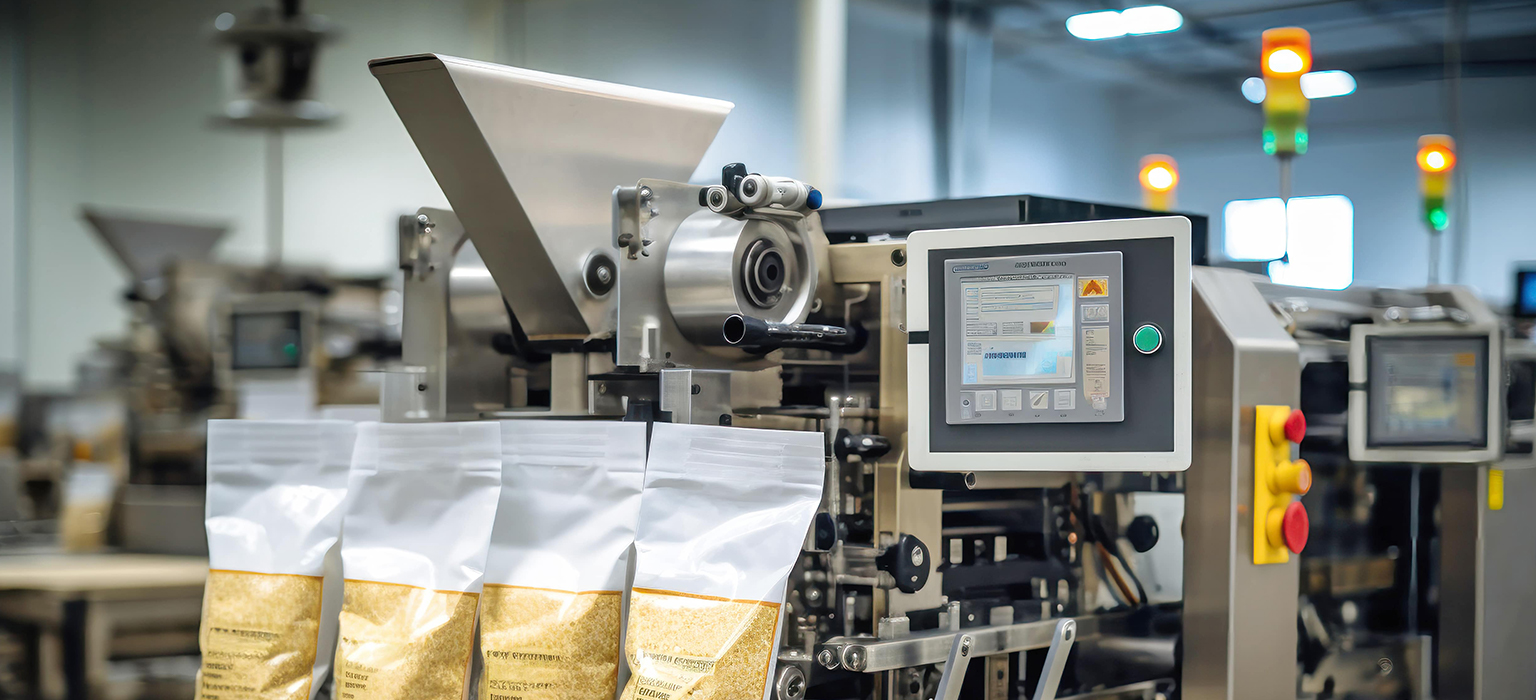Choosing the right Vertical Form Fill Seal (VFFS) machine is a pivotal decision that impacts your line efficiency, packaging quality, and long-term operating costs. Especially in India's competitive FMCG landscape, a misstep can lead to costly downtime and poor product presentation. This guide helps you make a smart, structured, and performance-driven choice.

Understand what you're packing. The nature of your product - be it powders, granules, pastes, or liquids - determines key machine features like dosing systems and sealing mechanisms. Fragile or hygroscopic materials may require special handling.
Identify how many SKUs you'll run and the expected packs per minute (PPM) for each. Machines with faster changeovers and recipe-based automation save hours during SKU switches, especially vital for high-mix environments.
The style of pouch you need - pillow, gusseted, quad seal, or zipper - impacts your film choice, shelf appeal, and machine configuration. Clarity here prevents expensive retrofits later.
Standardise on trusted, serviceable brands for core components:
This ensures easier maintenance, availability of spares, reduced downtime, and actionable performance insights.
Your VFFS setup must integrate seamlessly within your floor plan. Consider:
A CAD layout from your vendor can help pre-empt layout issues.
Depending on compliance and traceability needs, consider:
Will the primary packs feed into cartons, bags, or cases? Define if secondary packaging is:
Make vendors commit to key metrics in writing:
These benchmarks will become part of your FAT (Factory Acceptance Test).
Create a detailed Request for Quotation (RFQ) with all specs. Here’s a simplified format:
| Parameter | Specification |
|---|---|
| Product | Detergent Powder |
| SKUs | 200g, 500g, 1kg |
| Output (500g) | 60 packs per minute |
| Pouch Style | Pillow Pack |
| PLC | Siemens |
| Motors | Delta |
| Pneumatics | Festo |
| Accessories | TTO Printer, Exit Conveyor |
| Secondary Line | Semi-auto Cartoner |
| Layout Required | Yes |
| Performance Metrics | OEE ≥ 85%, Film Waste ≤ 2% |
Common mistake: Going with the lowest price.
What you really need is a reliable machine with a low total cost of ownership (TCO) - not just a cheap upfront deal. Evaluate:
Build commercial safeguards:
Book a no-obligation VFFS line audit with Raas. We'll benchmark your current setup and guide your RFQ.
Book Your Audit NowCopyright © 2025 All Rights Reserved By RAAS INTELLI SOLUTIONS | Design and Developed By Arsh Infosystems